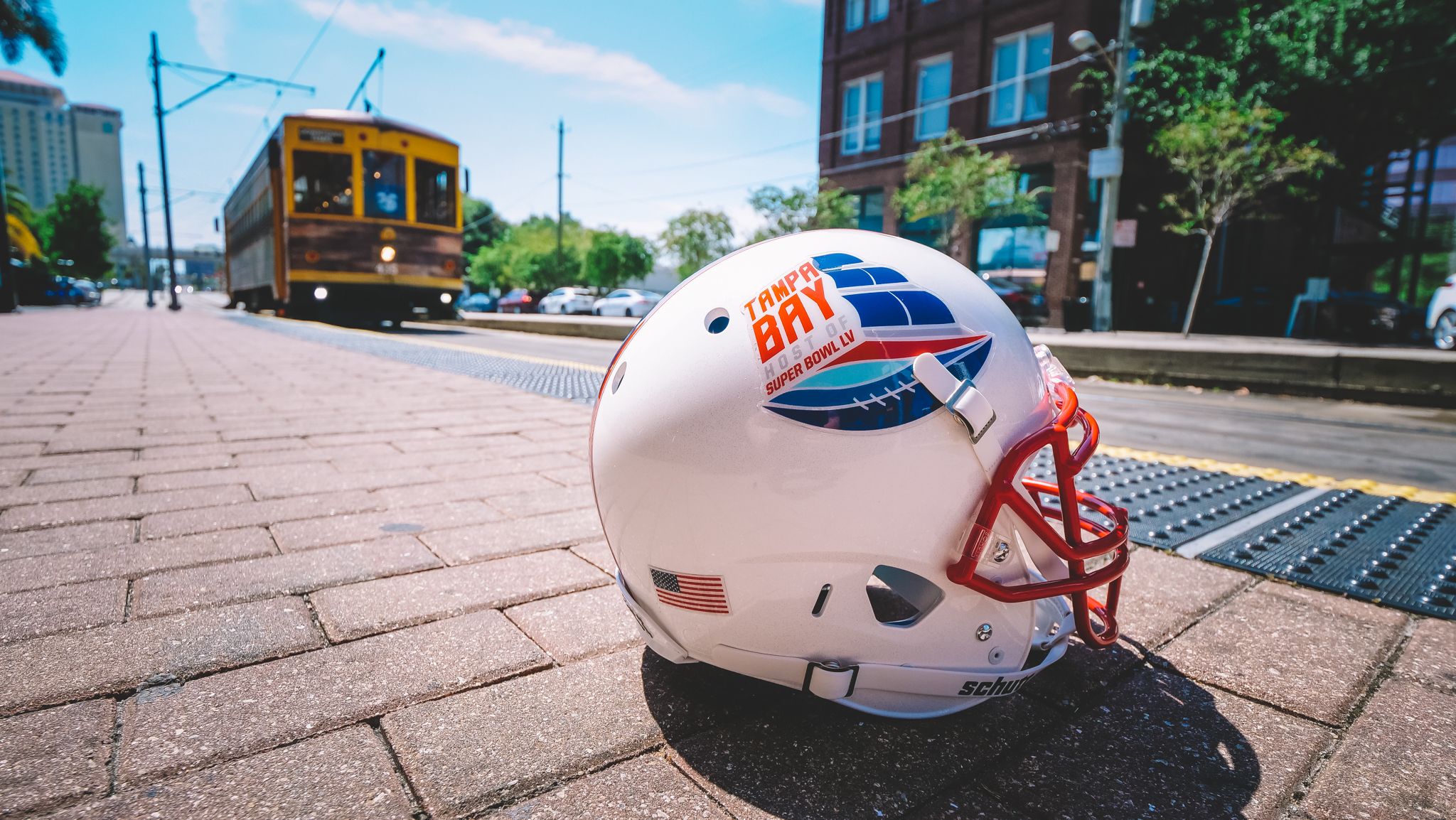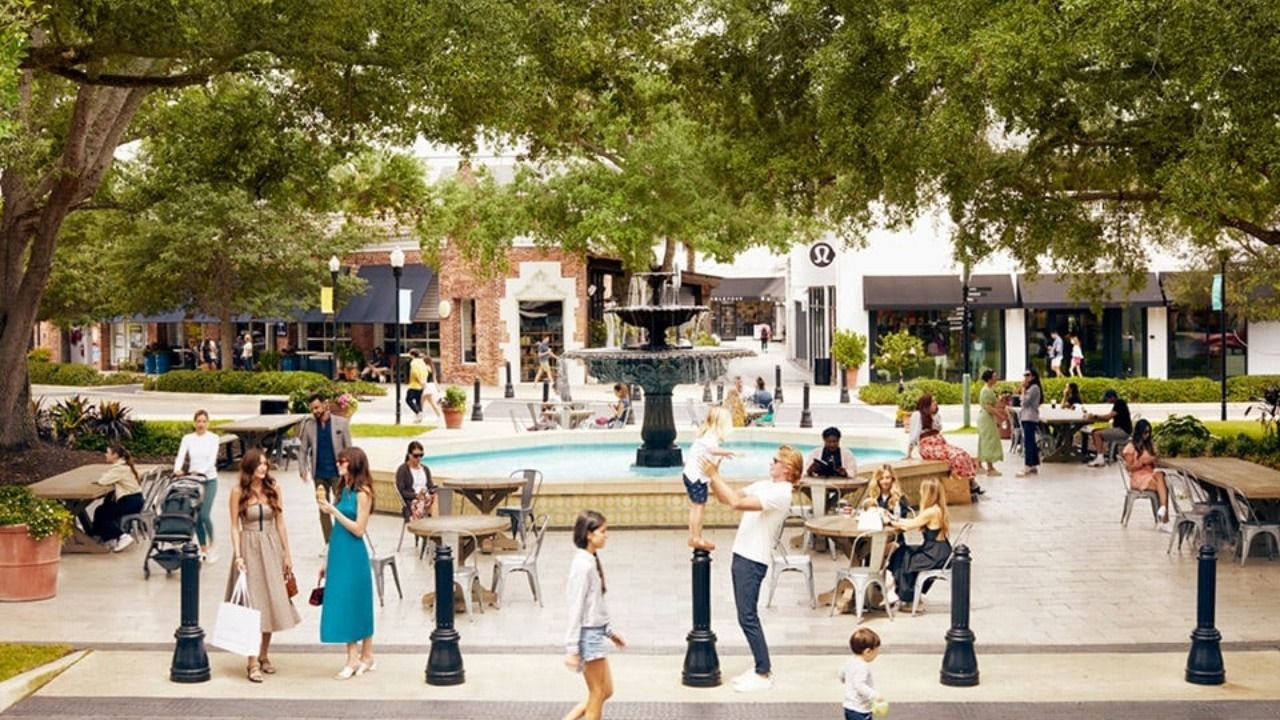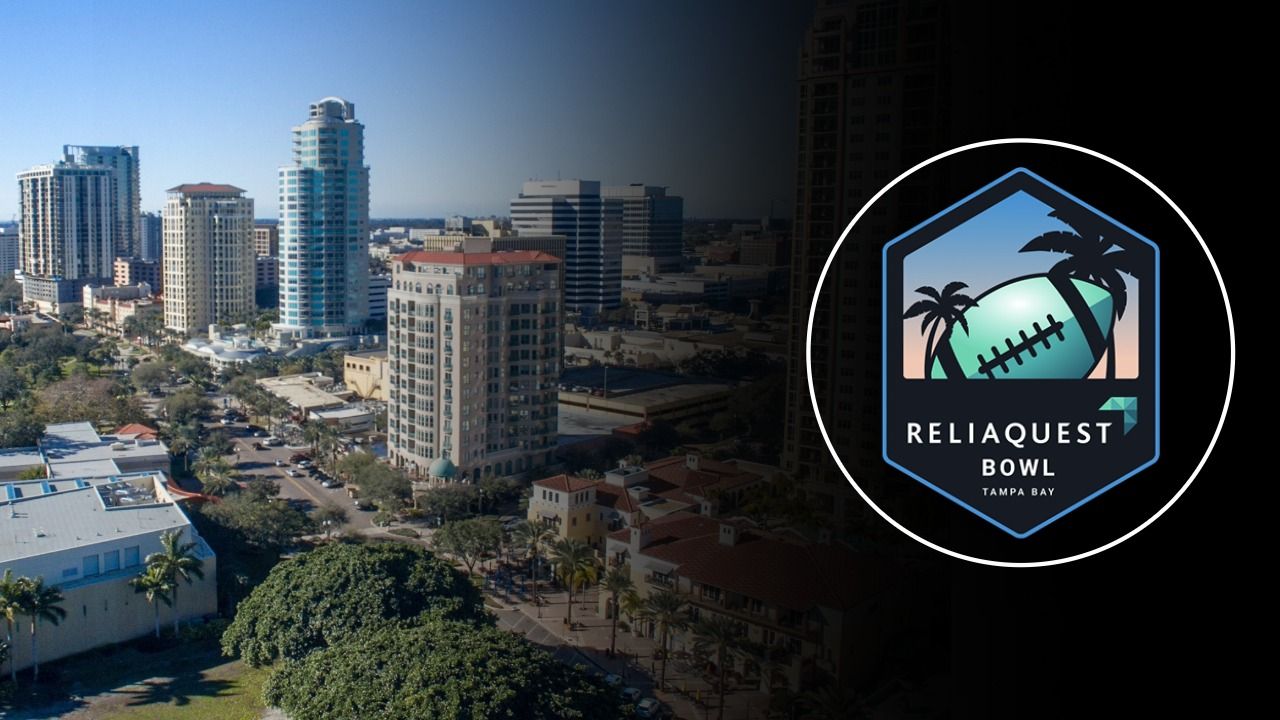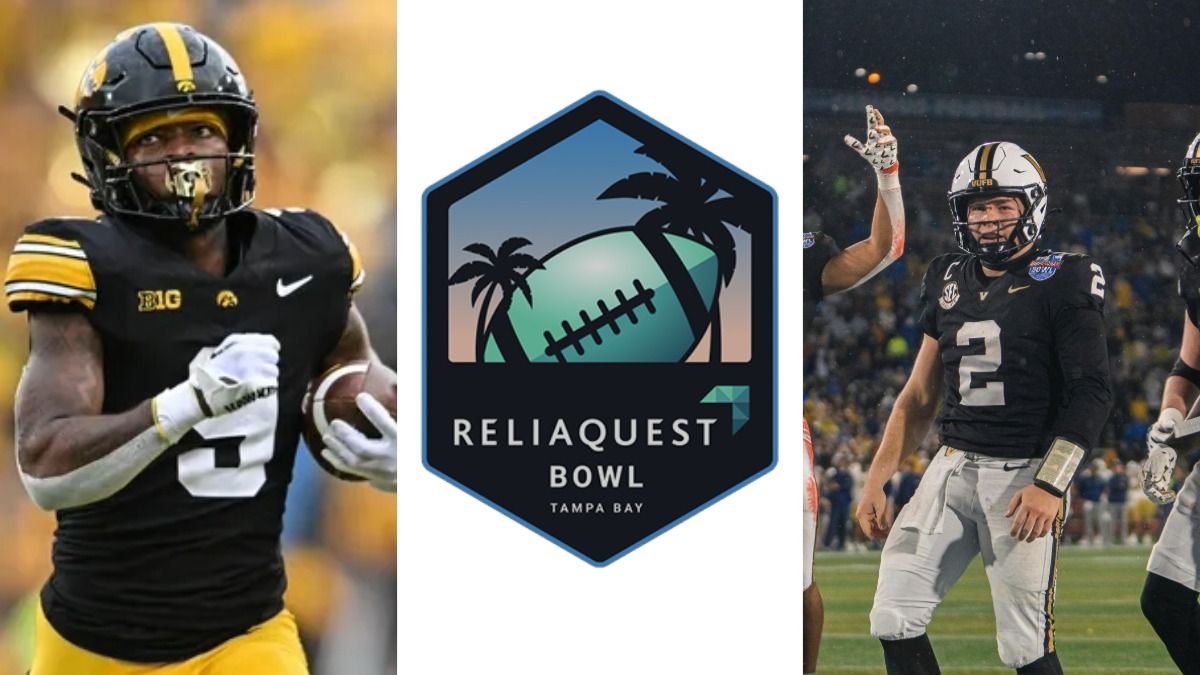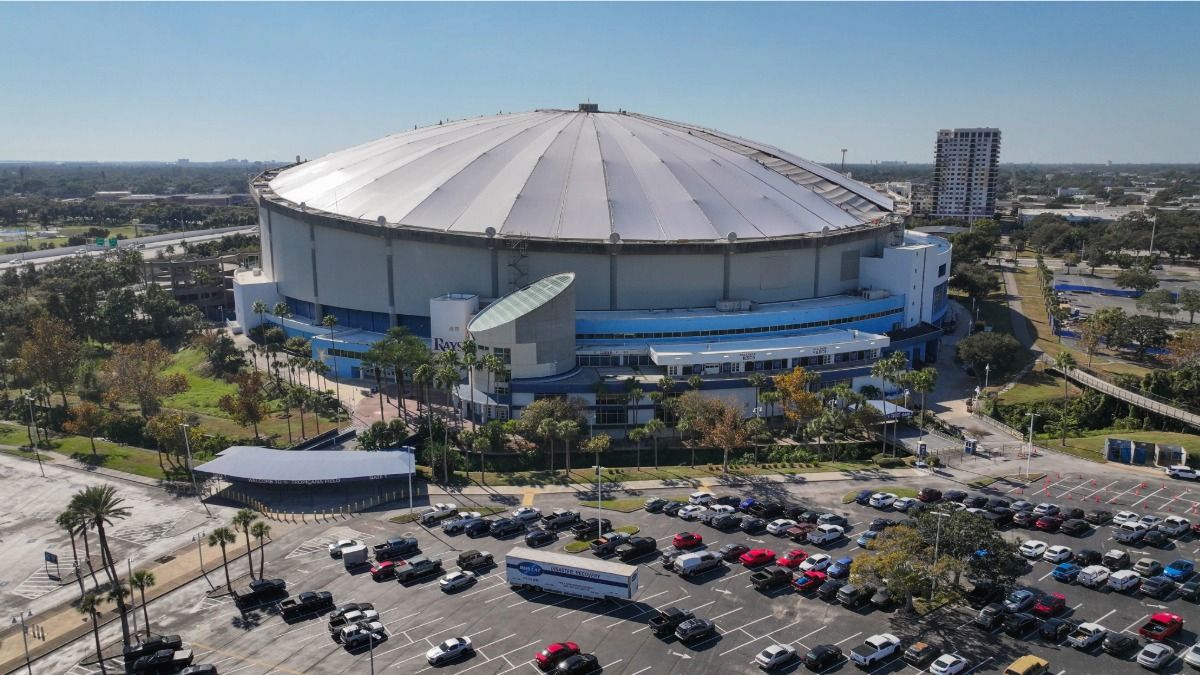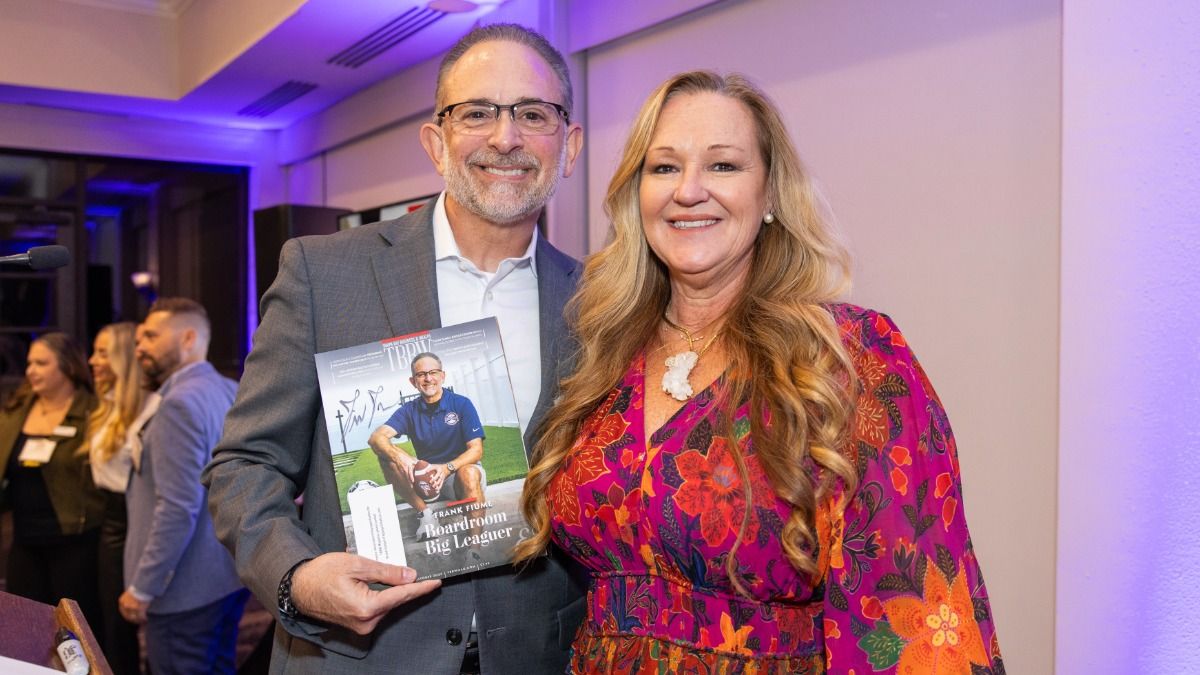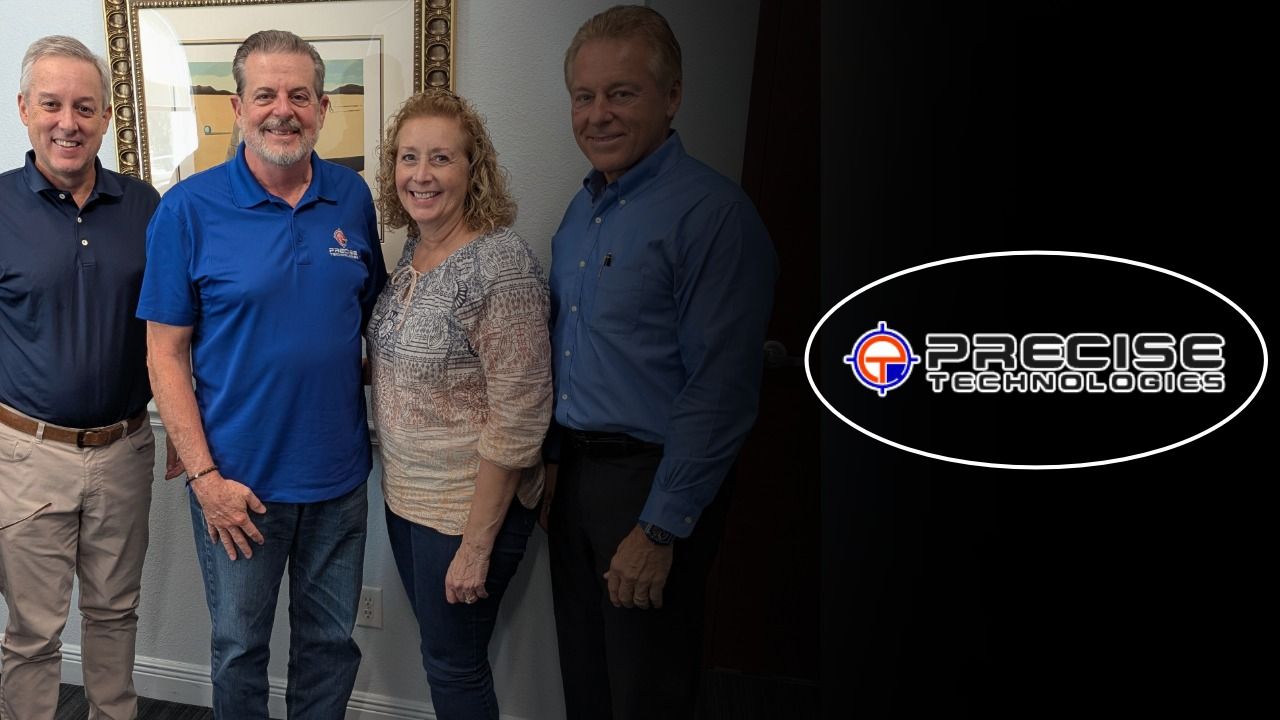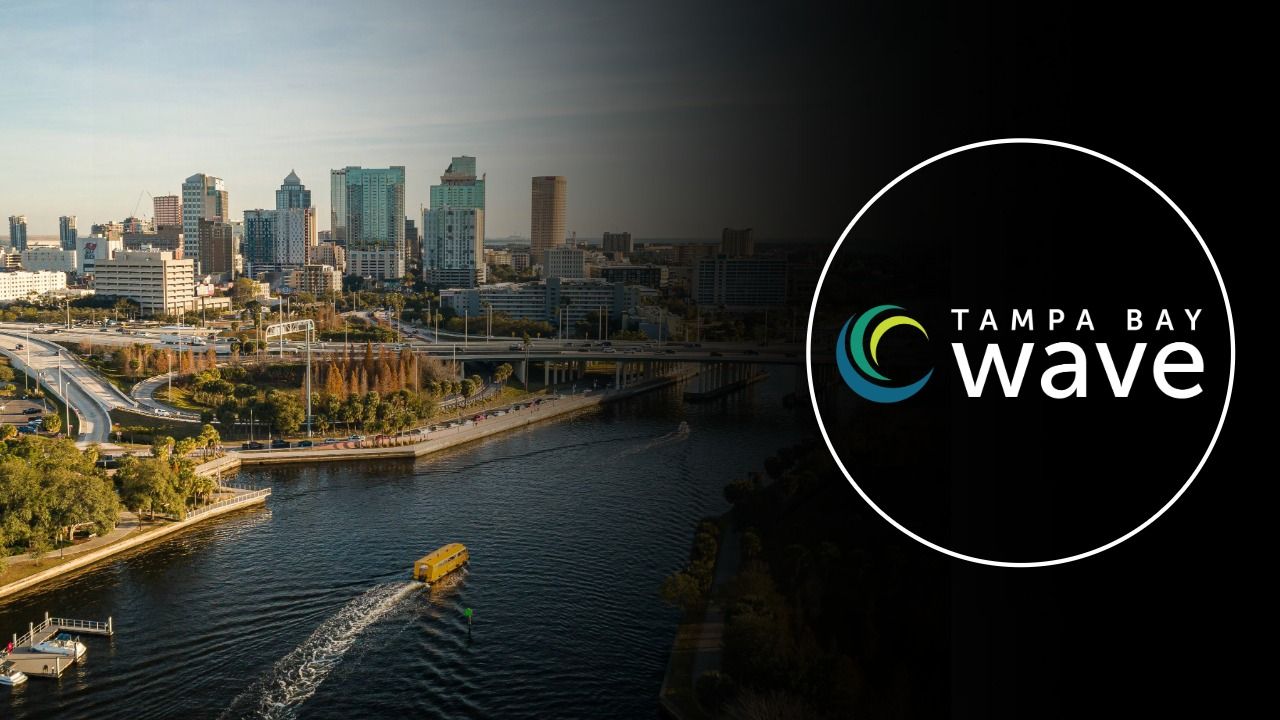Even with attendance restrictions at Raymond James Stadium, the expectation is that a good number of visitors will descend upon the Tampa Bay region for Super Bowl LV on Feb. 7.
After all, the Super Bowl is a weeklong celebration that goes far beyond the game itself, which, as of TBBW’s mid-December deadline, the league was taking a wait-and-see approach about how many can attend. Several events, and activities, including the popular Super Bowl Experience, are scheduled to take place beginning in late January.
While it will not be on the scale of a typical Super Bowl, where many hotels would be booked solid beyond the boundaries of Hillsborough and Pinellas counties and restaurant reservations would be at a premium, the event could prove to be, at least, somewhat of a welcome respite for the region’s hospitality industry which, like everywhere else, has been hit hard during the COVID-19 pandemic.
Health and safety concerns will be prioritized, allowing visitors to feel comfortable taking in many of the sights and attractions.
“Most of our assets, our hotels, restaurants, attractions and venues have taken public safety very, very seriously from the beginning,” says Santiago Corrada, president and CEO of Visit Tampa Bay. “They have put in place all the safety protocols to make sure guests feel safe and that they are in a very clean environment. I feel we are extremely prepared to welcome visitors in a very healthy way.”
According to Bob Morrison, executive director of the Hillsborough County Hotel & Motel Association, hotels along the Interstate 4 corridor all the way to Orlando would be booked during a normal Super Bowl.
That will not be the case with Super Bowl LV. Roughly 24,000 hotel rooms in Hillsborough County, coupled with about 20,000 in Pinellas, should be sufficient to handle the demand.
“With the modifications in terms of capacity at Raymond James, I suspect that all of the business associated with the game will be housed in Hillsborough and Pinellas,” Morrison says. He noted hotel occupancy was about 50 percent during the fall months. “I do not see any need for Orlando properties to be part of our inventory mix. In that regard, that is a plus for us because the concentration means Hillsborough and Pinellas are positioned to be able to handle the lion’s share, if not all, of the inventory.”
Because of that, many hotel properties, and by extension other businesses, could do very well.
“I would venture to guess that most of the hotel properties that cater to Super Bowl fans, which is not all of them, are going to see what I would say, optimistically, would be 80-90 percent occupancy,” Corrada says, adding that other hotels could see a noticeable uptick in occupancy. “Restaurant owners and other businesses are very much looking forward to this. Limited capacity or not, we need to be happy about hosting such an event. There is also the media exposure that the city gets, which is pure marketing.”

Visitors staying in downtown Tampa, where Morrison noted 80 percent of the county’s hotel rooms are located, can enjoy the beauty and convenience of the Riverwalk, which stretches more than 2 miles along the Hillsborough River. The Riverwalk, which was not completed during Tampa’s most recent Super Bowl in 2009, connects visitors to hotels, restaurants and what are scheduled to be a number of Super Bowl-themed activities.
The Riverwalk got a test run, of sorts, during the week of college football’s national championship game between Alabama and Clemson in January 2017.
“That game was a great vision for this Super Bowl, specifically, in how the Super Bowl Experience could take place along the Riverwalk for fans to go to several events and activations,” says Rob Higgins, the Tampa Bay Sport Commission’s executive director. “We are naturally biased, but we feel there is not another community in the country that can create a fan festival that is as special as this one. That is because of how the Riverwalk sets up, the great parks we have and the awesome venues that are in close proximity and right in the heart of downtown.”
The Super Bowl Experience has been a signature event of the NFL’s since 1992. The event, of which Lowe’s is a title sponsor, is a pro football showcase offering interactive games, clinics, autograph sessions and merchandise. It will be spread out along various waterfront parks, on both sides of the river, including the Julian B. Lane Park, on the river’s west side, and just north of the University of Tampa.
“It is going to be an awesome opportunity for families to create Super Bowl memories together,” Higgins says. “Whether it is participating in some of the football activations that will be there or the entertainment and food offerings that will be located along the Riverwalk, as well, we are very excited for the Super Bowl Experience that will take place.”
The Riverwalk not only serves as an ideal setting for many planned activities, but it allows visitors to do so on foot while also conveniently taking in attractions such as the Florida Aquarium and Tampa Bay History Museum.
“The fact you can now layout all these NFL-sanctioned activities on both sides of the river and within walking distance is wonderful,” Corrada says. “It is an incredible asset with the opportunities that exist with the parks along the water and the museums, and other attractions. It is something to be so proud of.”
Raymond James Stadium is also something to be proud of. The venue, which hosted Super Bowls XXXV and XLIII as well as the aforementioned college football national championship game, has undergone about $160 million in renovations the past few years. A new drainage system under the playing field, and LED lighting, were installed prior to this season. The lighting system allows for more than two million color schemes.
“That really added a dynamic feature to the venue and makes for a nice fan experience,” says Eric Hart, president and CEO of the Tampa Sports Authority, which manages Raymond James Stadium.
Hart noted more than $50 million was spent on 5G wireless technology upgrades. The entire property, extending south to Columbus Drive and north to Martin Luther King Boulevard, will have 5G service.
“From our understanding, we are the only building in the world that will have this throughout the building,” he says. “It is designed for all the new 5G users. Technology-wise, the building has been significantly upgraded.”
With guidance from AdventHealth, $7 million was spent on health and safety concerns that include touchless magnetometers, touchless restroom fixtures and improved ventilation in the heating and air-conditioning systems. Social distancing measures have been undertaken at entry points as well as the concourses.
“The Tampa Sports Authority, and Raymond James Stadium, have done a fantastic job preparing the building for fans,” Higgins says. “They have really transformed the stadium to make it the safest environment possible. Naturally, that is something that we are really pleased and excited about for Super Bowl LV.” ♦

